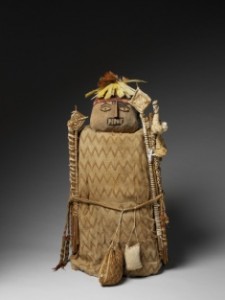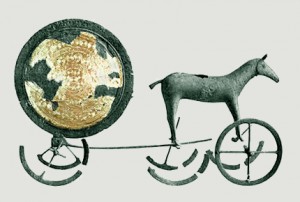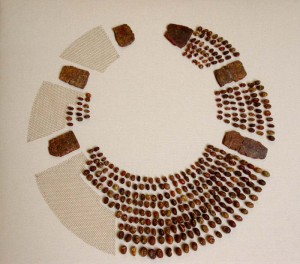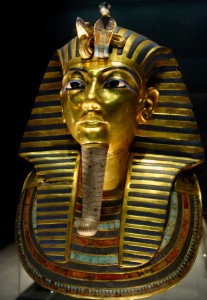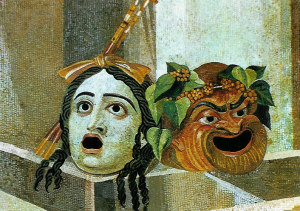
Theatre Masks
Classical world was a cradle of performing arts. From around 6th century BC drama was institutionalized in Athens with dedicated performance dates and purpose-built buildings. Soon theatrical performances could be seen across the whole of the Mediterranean, and beyond during the Roman Empire. From its religious routes theatre very quickly became a major source of entertainment, offering a diversity of performances including comedy, tragedy, mime or farce.
Continue reading →


